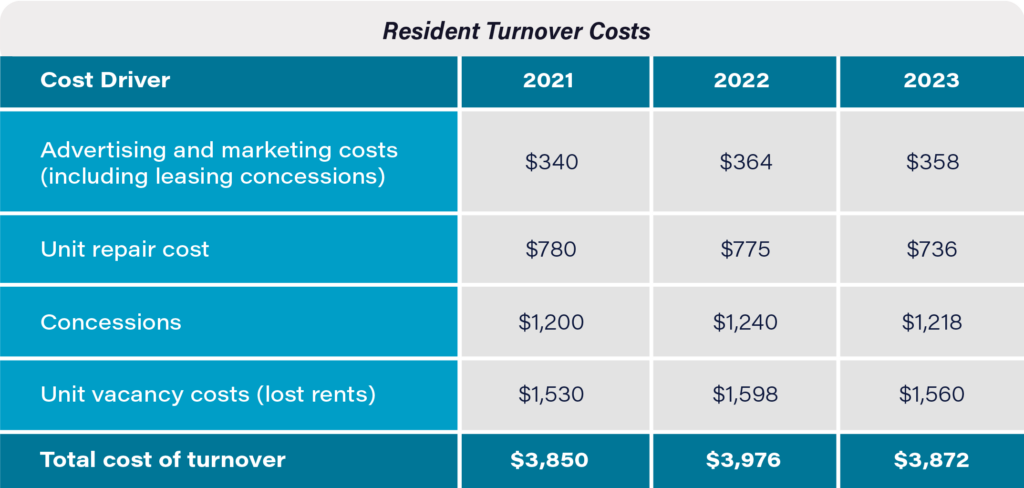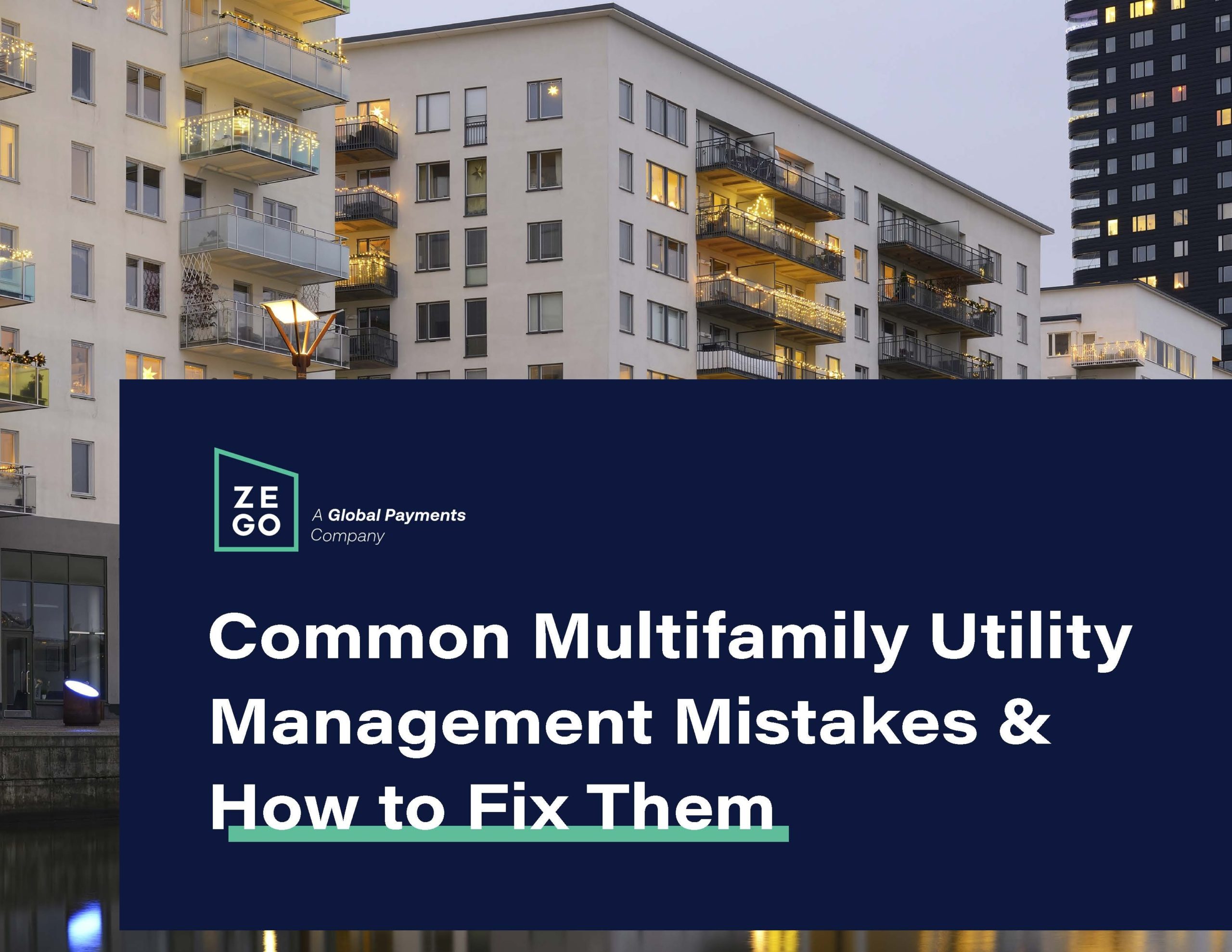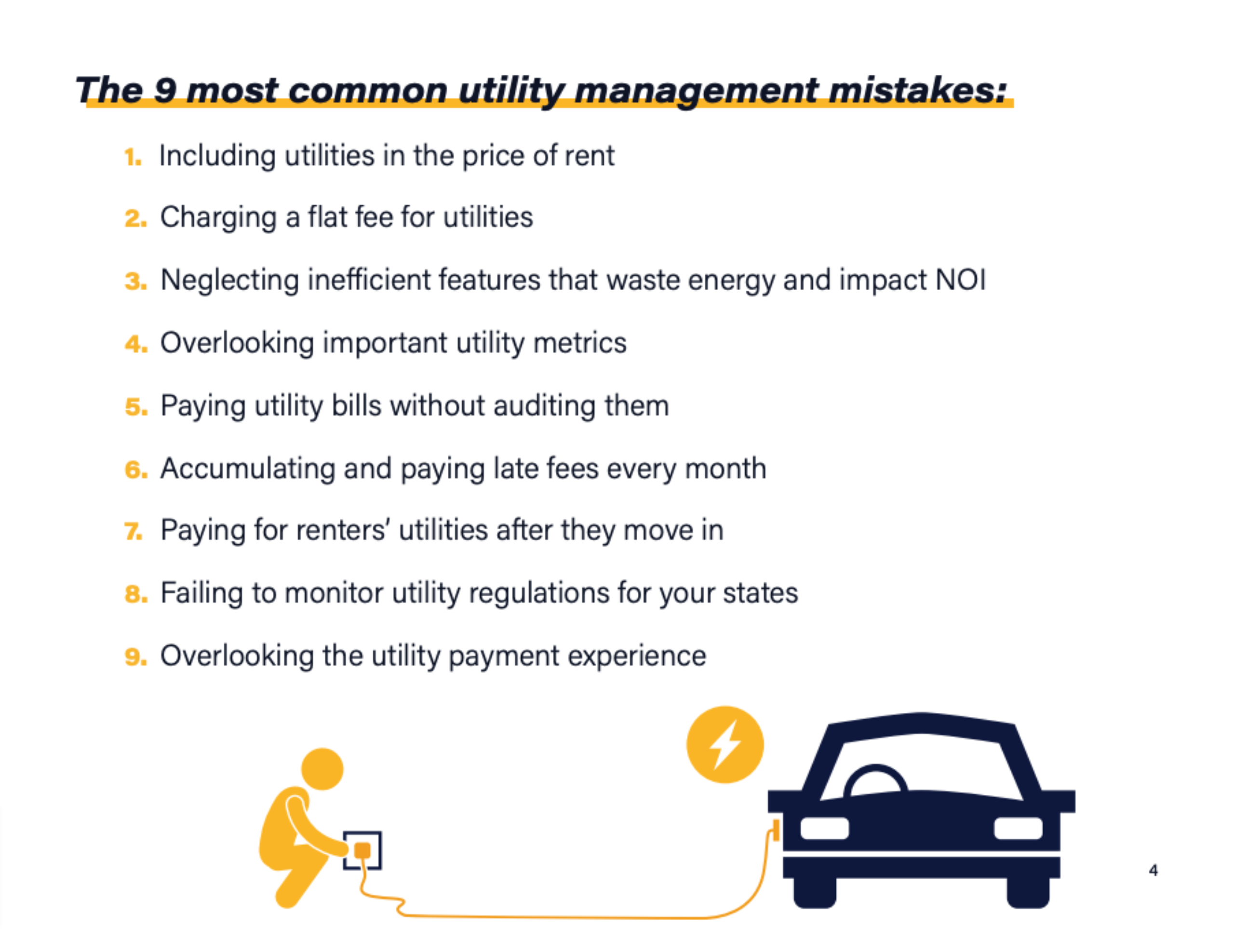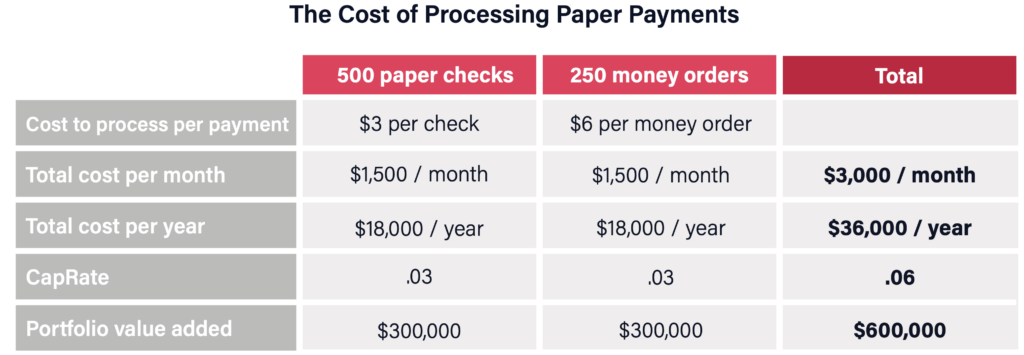5 Easy Ways to Increase Property Management Revenue
The secret to maximizing profits is diversifying your income strategy. Learn how to increase revenue in property management by reading through these five key revenue streams.
Property management income flows in through various channels. These sources include rent, fees, and services. Typically, rent serves as the main revenue stream for a multifamily property. However, hiking up rent or increasing units isn’t always the best course of action for gleaning profits. Luckily, there are other ways to strengthen your revenue strategy. In this article, we provide five key property management revenue streams other than rent to help fortify your company’s financial growth.
5 key items to increase revenue in property management
In our 2023 Property Management Operations Report, we shared that inflation paired with a recent decline in rent has led to increased operating costs for companies. Combined with staffing difficulties, resident turnover costs, and other rental challenges, like utility theft, property managers are challenged with keeping their portfolios profitable.
Because of this, building an optimized property management revenue plan is a vital step towards success in the industry. Diversifying your profit strategy is a key focus within your income strategy. By redirecting dollars from the expense drain back into your revenue streams, you can ensure that no expenses are wasted and that your revenue is maximized to its fullest potential.
In order to increase revenue, we recommend you approach your multifamily financial plan with a healthy mix of income streams. Here are 5 additional revenue streams that can increase your revenue in property management:
- Reduce turnover costs
- Audit utility invoices for errors
- Close the loophole on utility theft
- Bill utilities based on consumption
- Reduce manual labor and costs
#1: Reduce turnover costs
In our 2023 Resident Experience Management Report, we found that turnover costs come in at nearly $4,000 per renter. That’s no small price tag! This value encompasses expenses such as unit repairs, marketing, lost rents, and concessions. With that cost in mind, retaining renters serves as a significant money-saving strategy and solid revenue stream.

How can you decrease turnover costs to improve your property management revenue? There are a few ways. Invest in your community’s resident satisfaction and you’ll likely see higher retention rates. Some surefire tactics include building up your community, offering communication options for residents, streamlining maintenance requests, and more.
By approaching your financial plan with resident retention in mind, you’re killing two birds with one stone – minimizing turnover costs, and boosting your portfolio’s value and attractiveness. What’s more, a positive resident experience is likely to feed your property’s profitability by drawing in more prospects and increasing stability. During a time where NOI is at the whim of inflation and resident behavior, minimizing turnover is a great property management revenue stream to strengthen.
#2: Audit property utility invoices for errors
Automating and auditing your utility invoices is another valuable way to cut costs from potential errors. One common utility management mistake we see companies fall victim to is overpaying for property utility bills. Did you know that according to one of the nation’s leading utility bill auditors, Engie, at least 17% of utility invoices contain an error? These could include faulty submeters, incorrect utility rates, or even issues as simple as a typo. Imagine how much revenue you could be losing due to unnoticed inaccuracies on your property’s bills.
Auditing is necessary in your utility expense management to ensure that hiccups are not disrupting your revenue streams. In fact, experts suggest that organizations with energy costs over $5,000 can leverage utility bill audits. This is an easy solution to an avoidable pocket-draining problem. And while billing errors can be easy to miss to the untrained eye, a solid utility expense management service is a great outsource solution. These providers will automate the invoice auditing process for you, saving you time and money.
#3: Close the loophole on utility theft
When a resident fails to transfer utility services into their name upon move-in, or prematurely takes utilities out of their name before move-out, property management companies end up footing the bill. For multifamily communities that don’t closely monitor utility billing, vacant unit utility theft can cost up to thousands of dollars. Depending on portfolio size, this expenditure can rack up quickly when invoices are left unmonitored.
We recommend regularly cross-referencing your utility bills with your occupancy list to minimize the occurrences of utility theft that result in financial loss. Alternatively, a great recoupment solution is to work with a Vacant Unit Cost Recovery service that will automate the process of auditing, notifying, and recovering utility costs for you. Multifamily property managers can save a generous amount of income from utility theft when factoring vacant unit theft into their revenue strategy. As an added measure, implementing a penalty fee policy creates a new revenue stream and encourages residents to be more careful about their utility responsibilities. Paying attention to utility billing helps prevent waste and recoup revenue that otherwise might have been missed.


READ THE GUIDE
9 Common Multifamily Utility Management Mistakes and How to Fix Them
Find out how you can save money and boost NOI through utility management including: recouping utility costs from residents, identifying and ending utility theft, and more!
#4: Bill utilities based on consumption
There are a few different approaches to charging residents for utilities. Property management companies may include utilities in rent, charge a flat fee, or charge residents based on consumption. In terms of profitability, the first two options can be counterproductive.
Including utilities in rent or charging a flat fee leaves your income vulnerable to fluctuating utility rates and potential over-consumption by residents. In these situations, property management companies also have no way to recoup expenses when utility costs outweigh what residents are paying.

The third option – billing utilities based on consumption – ensures that companies aren’t losing money on over-usage. Greystar Real Estate Partners saved $70,000 per property when their water and sewage costs dropped by 70% after implementing consumption-based utility billing.
The traditional way to track consumption is through submetering. Submeters disclose how much consumption each unit is responsible for, however, installing submetering can be costly. Luckily, there’s a cost-effective solution. Ratio Utility Billing Systems, or RUBS, is an affordable alternative to paying for submeters. RUBS divides a community’s utility bill across units based on criteria such as occupancy per unit and unit size. These formulas are fair and versatile, and can be tailored to your community’s consumption needs. What’s more, by taking advantage of an affordable consumption-based billing strategy, you’re protecting your property management revenue from lost income.
#5: Reduce manual labor and costs
Did you know that depending on your portfolio size, you could be losing hundreds of thousands of dollars on processing paper checks alone?

Paperless payment solutions can drastically reduce costs and increase revenue in property management. Plus, the manual labor and inevitable human errors associated with pay processing is lifted once you opt for a digital payment solution. Our Property Management Operations Report found that the labor cost for back-office operations totaled nearly $30,000 a year.
These costs feed into tasks such as managing maintenance requests, billing residents for utilities, and processing payments. All of these duties can be automated, freeing up your staff to handle tasks that require a human touch. By not automating select areas of your business, you’re potentially losing thousands of dollars of your property’s revenue.
Implementing a digital payment solution like Zego Pay eliminates wasteful processing expenses and saves your staff time. We recommend adopting a digital payment app to improve cash flow and maximize your portfolio’s value.
Mastering revenue growth for your properties
Increasing revenue in property management requires a multifaceted approach. We recommend strategizing across a mix of the revenue streams discussed. For further safeguarding, keep a watchful eye on industry trends and regularly reassess your plan. By anchoring your strategy around the solutions listed above, property managers can boost their revenue returns and ensure long-term success.
Maximize revenue at your communities
Book a demo with Zego and see how our innovative solutions can strengthen your property management strategies and help you create new revenue streams.
